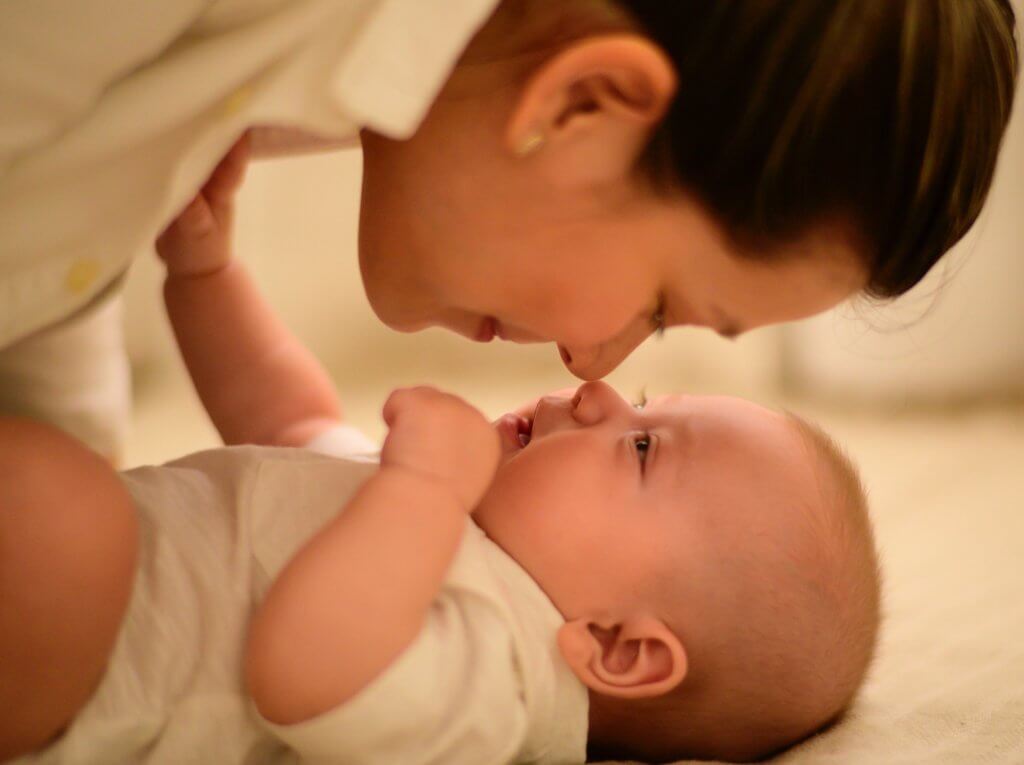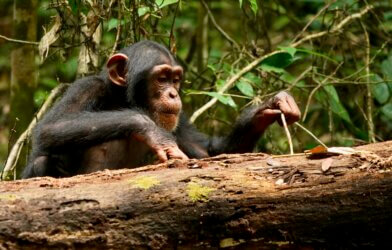When does a newborn baby first experience the world consciously? It’s a profound question that has puzzled great minds for centuries. The 17th century French philosopher René Descartes pondered whether infants might have simpler thoughts than adults. In the hundreds of years since, the question of when human consciousness emerges has continued to challenge psychologists and philosophers alike.
But now, a new approach proposed by researchers could finally provide some answers. In a recent letter published in the journal Trends in Cognitive Sciences, Dr. Henry Taylor and Professor Andrew Bremner from the University of Birmingham suggest that by identifying specific “markers” of consciousness and tracking when they appear in infants, we may be able to pinpoint the onset of conscious experience.
So what exactly is a “marker” of consciousness? Dr. Taylor explains: “For example, imagine that in adults, we know that a certain very specific behavior, or a specific pattern of brain activation always comes along with consciousness. Then, if we can identify when this behavior or brain activation arises in babies, we have good reason to think that this is when consciousness emerges in babies. Behaviors and brain activations like this are what we call ‘markers’ of consciousness.”

The challenge, of course, is that unlike adults, babies can’t simply tell us about their conscious experiences. As Professor Bremner points out, “It is really hard to establish when babies become conscious. This is mostly because infants can’t report their experiences and, as most parents will know, can be rather uncooperative particularly when it comes to experimental tasks.”
Without the ability to directly ask infants about their inner world, researchers have to get creative. The marker approach offers a promising way forward. By identifying a broad range of potential markers that appear at different stages of development, and then looking for patterns in when clusters of these markers emerge, scientists hope to narrow in on the onset of consciousness.
Taylor and Bremner’s letter is a response to a recent article by Professor Tim Bayne and colleagues. That paper proposes four specific markers of consciousness, some present in late gestation and others in early infancy, suggesting consciousness may emerge quite early, possibly even before birth. However, Dr. Taylor and Professor Bremner argue that this may be an incomplete picture.
Previous research has identified several other potential markers of consciousness that seem to emerge later in development, typically around the one-year mark or even as late as 3-4 years old. These include behaviors like pointing to draw a social partner’s attention to an object, intentionally coordinating actions to achieve a goal (like pulling a support to obtain an out-of-reach object), and the ability to imitate actions after a delay, indicating explicit memory formation.

Dr. Taylor sums up the conundrum: “One of the complicated issues is that it does not look like all the markers point to the same age for the emergence of consciousness. The ones mentioned by Bayne and colleagues suggest somewhere between the third trimester of pregnancy and early infancy, but other markers suggest the age might be around one year old. In fact, at the really extreme end, some markers only emerge at around 3-4 years. Because there are so many different markers of consciousness which appear in early and late development it is extremely hard to come to a conclusion.”
Given the wide range of potential markers emerging at different times, Professor Bremner advocates for a broad and open-minded approach. “We propose that a broad approach to markers, including those that emerge in early and late stage, is needed. We also recommend that a range of developmental models of the onset of consciousness should be considered. For instance, it may be that some markers emerge in one cluster in early development, with others in a later cluster. As well as this there may be a continuous and gradual emergence of certain markers stretching over gestation and throughout early life.”
While the marker approach offers an exciting new avenue for tackling this age-old question, Dr. Taylor and Professor Bremner caution that the answer is unlikely to be simple. Consciousness may not switch on like a light at a single point in development, but rather build gradually through gestation and infancy, with different facets emerging at different times.
Still, by carefully studying the unfolding of these markers, piece by piece, science may finally begin assembling the jigsaw puzzle of infant consciousness. As Professor Bremner reflects, “We think that by clustering this broad selection of markers, we may finally be able to answer the question which has given us pause for thought for thousands of years. But it’s important to bear in mind that the answer may not be a simple one!”
So the next time you gaze into the eyes of a newborn, ponder the mystery of what they may or may not be experiencing. Thanks to the diligent work of researchers, we are inching ever closer to understanding the infant mind – a frontier every bit as exciting and uncharted as the depths of space. While definitive answers may still be some ways off, one thing is certain: the question of when we first become aware is one that strikes at the very heart of what it means to be human.












